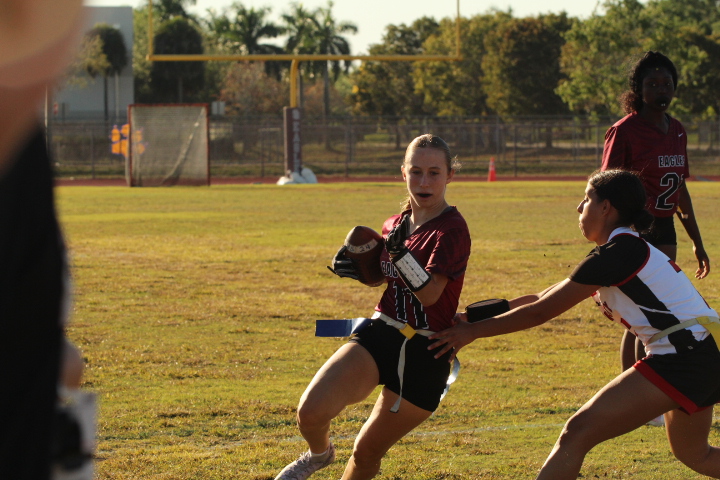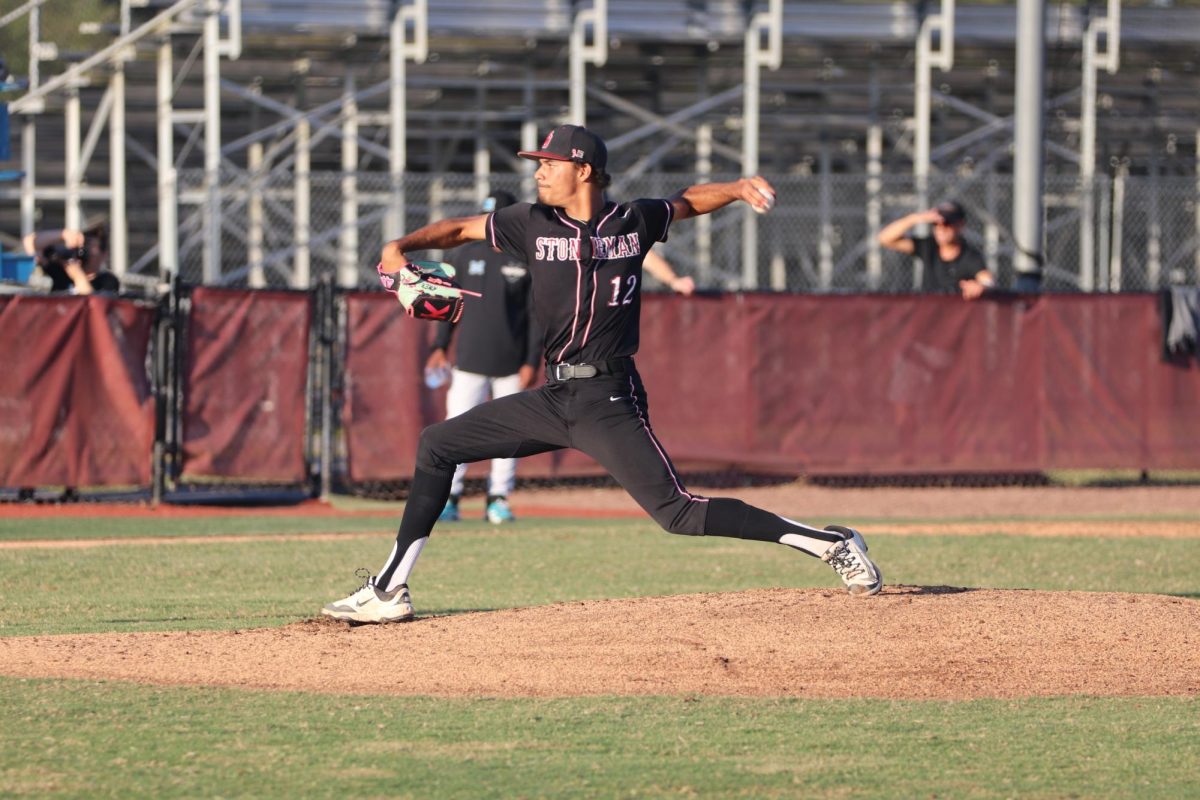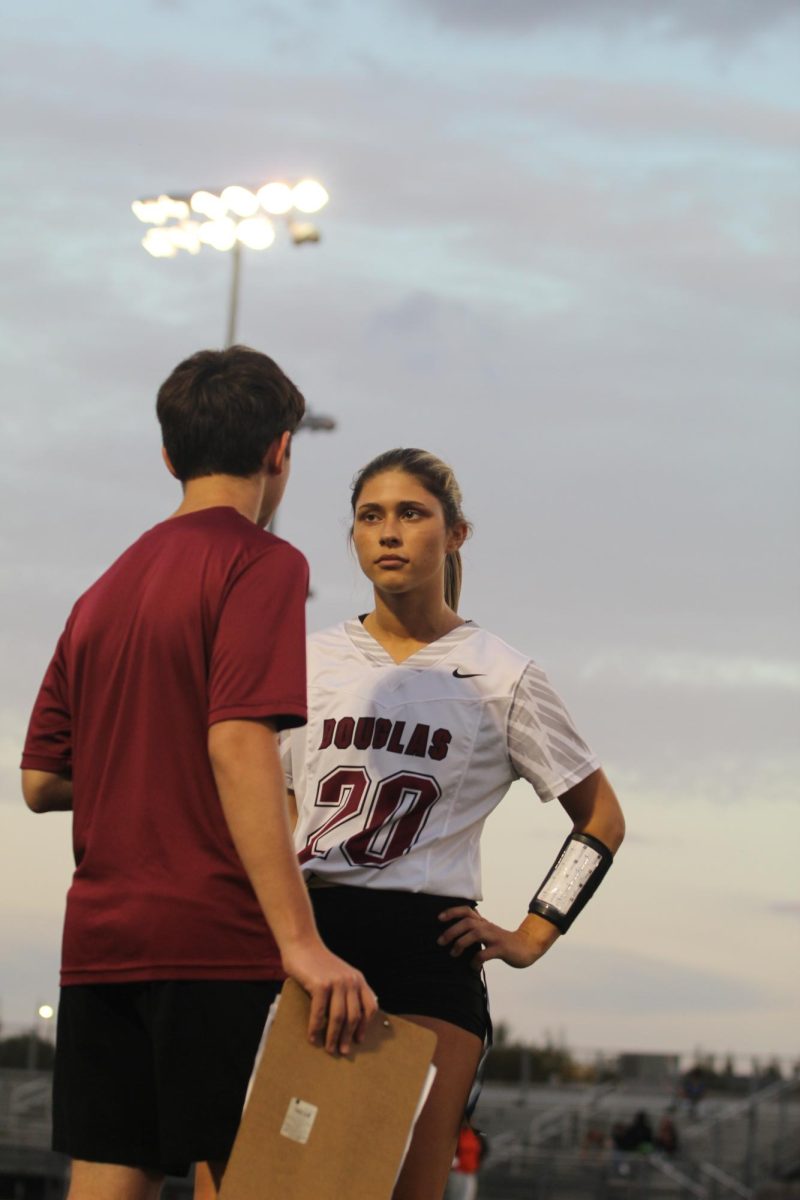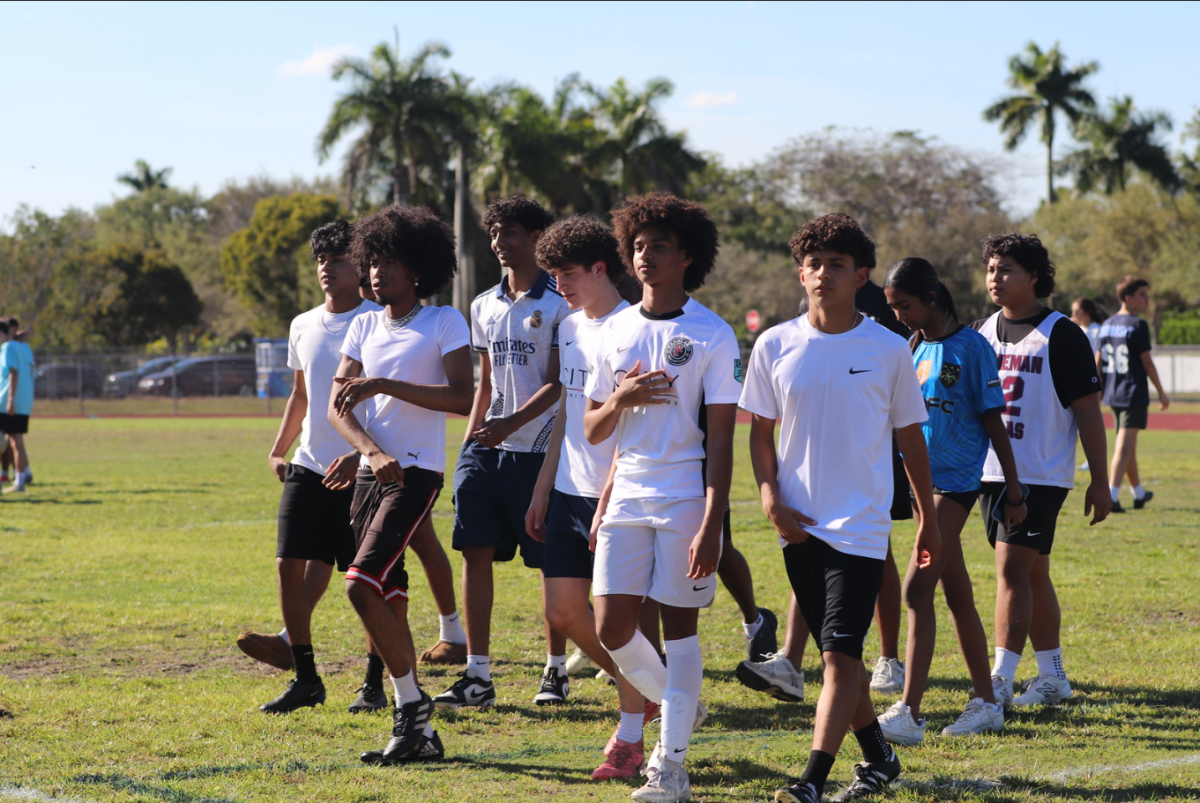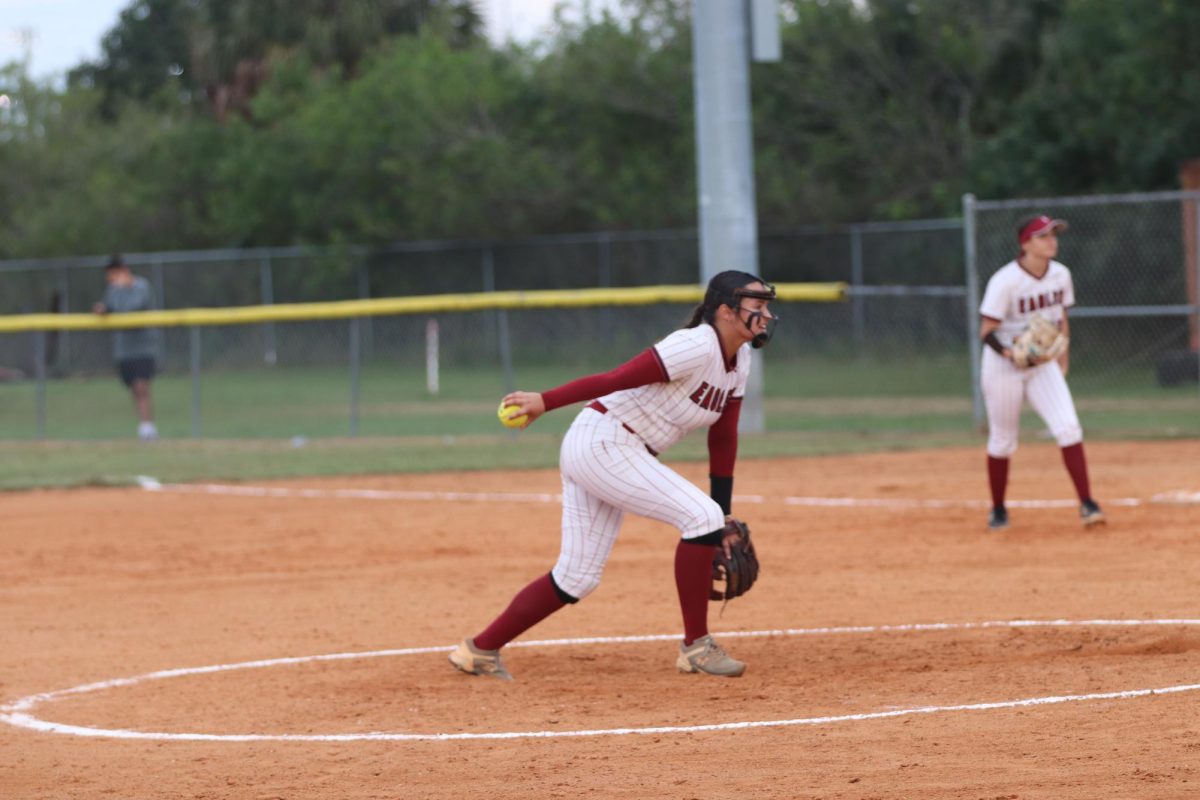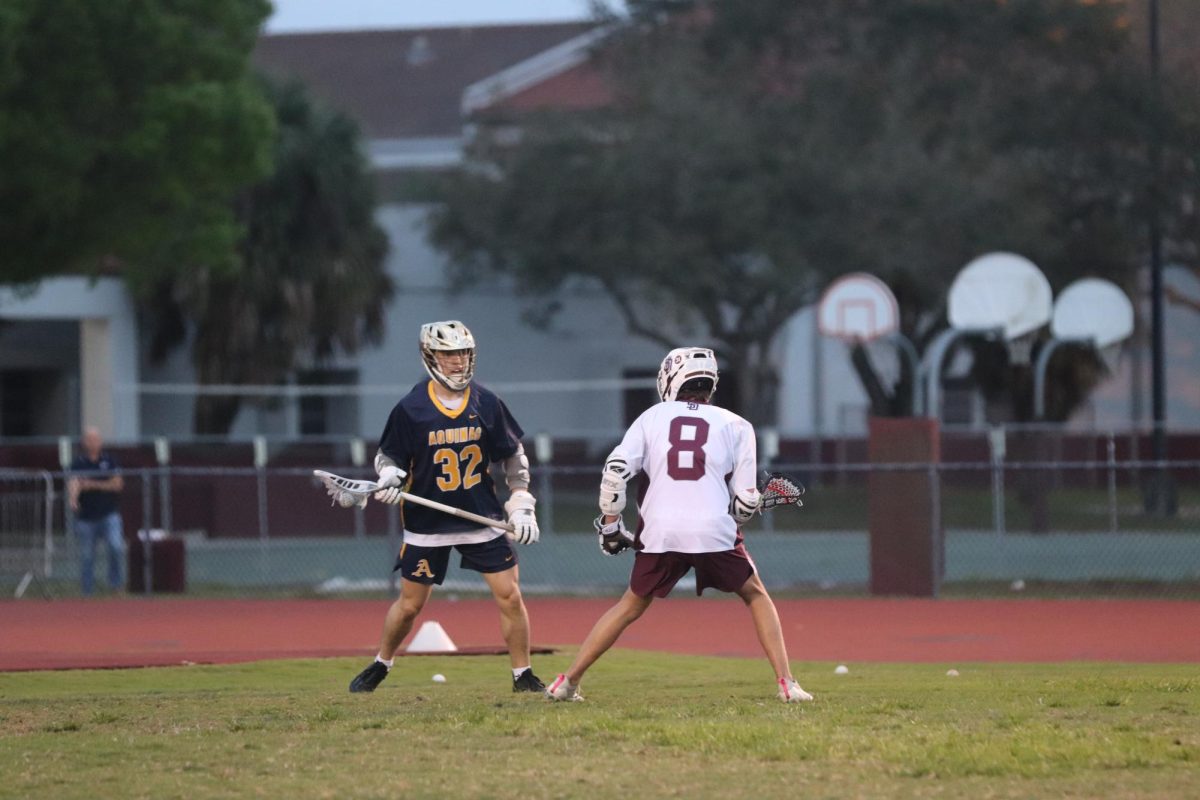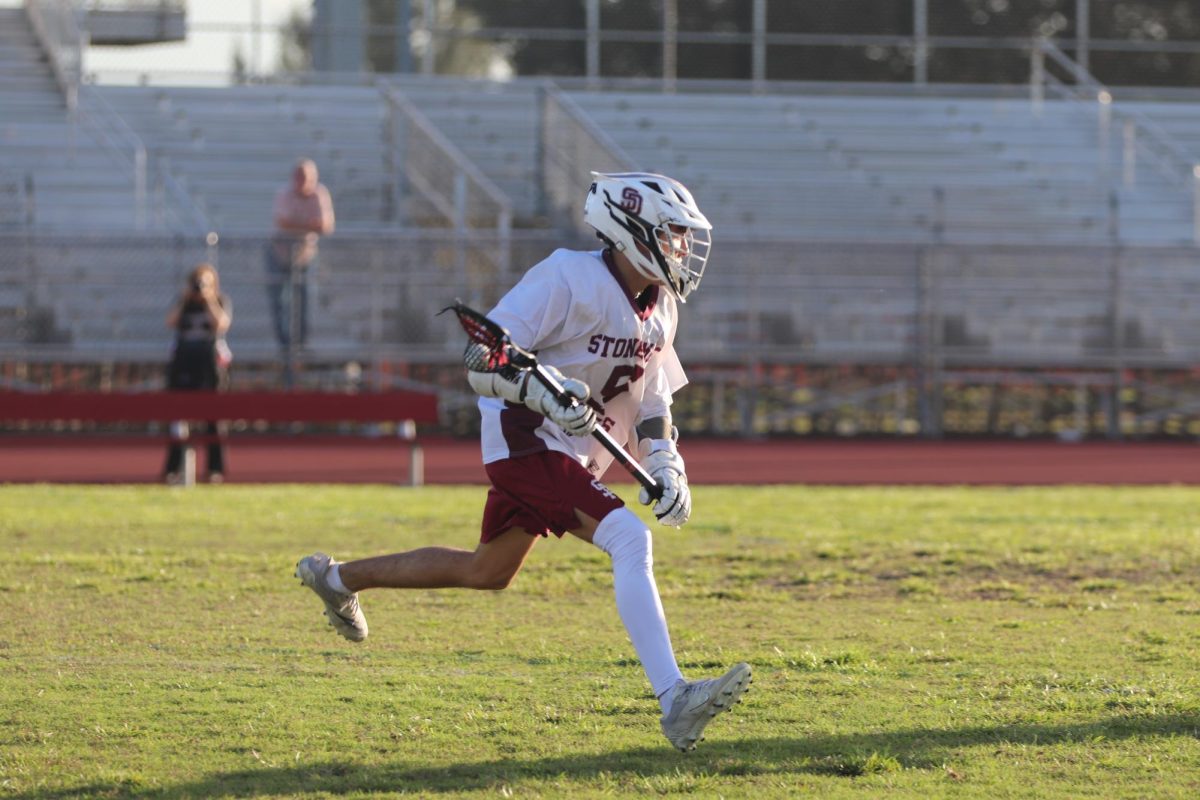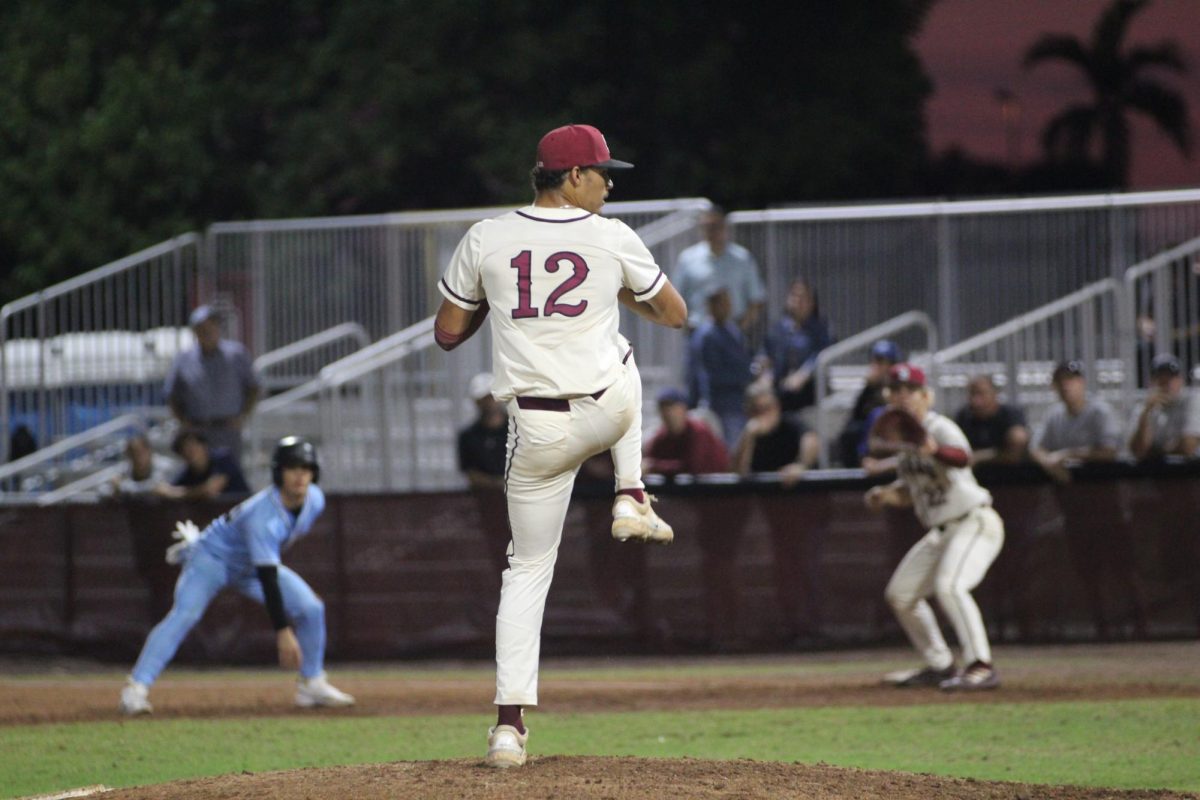
If any Marjory Stoneman Douglas High School students were to open their Virtual Counselor page and look at their course requirements, they would see a row labeled Physical Education. But what does this “education” look like in practice?
It seems as if much of the MSD student body believes that in–school physical education is unnecessary and any measure should be taken to avoid it. Based on a survey of 330 MSD students, 70% of students who have taken P.E. classes have done so through the non-traditional, online route.
Students can opt to take the same course given in school, this online course called Health Opportunities in Physical Education, can be taken students by students in place of traditional in-school P.E.
Students in this course will complete physical activities and record their results while completing quick assignments about health and wellness.
For students who are not opting out, the online physical education course option has become increasingly sought after. It has even gotten to the point where it is expected for most students to complete the online course within their first year or second year of high school. One would think physical education is not something that can translate to an online course; however, many students see it as an efficient way to complete the credit.
“This class was efficient because all I had to do was wear a band to monitor my physical activity and did not have to sweat at an in-school P.E. class,” senior Tyler Hersch said.
Taking P.E. online enables students to complete their credits and have another period open to take a course more suitable to their interests. Along with physical activity comes sweat, body odor and discomfort that some students may be inclined to stray away from.
Another route some students have been able to take is playing two years of a sport in place of P.E. This option appeals to students whose GPA is above a 4.0, as taking traditional P.E., a non-honors course, would weigh down their average; for this reason, competitive students may now forgo physical education as a whole.
“I have been a member of the Marjory Stoneman Douglas tennis team and have been since freshman year,” senior Josh Rosenthal said. “Since I played at least two years on the team, I was able to use this as my personal fitness and physical education credit.”
These alternative options to P.E. are very different than what has been available in the past. In fact, physical education was first introduced in the early to mid-nineteenth century, when it was realized that physical education and activity was necessary to health.
Over time, however, many loopholes have been exercised, just as they are today at MSD. According to the National Center for Biotechnology Information, over 30 states in the United States allow “waivers, exemptions or substitutions for physical education, which expanded waiver and substitution policies that increase the possibility that students will opt out of physical education for non-medical reasons.”
Broward County Public Schools today follow the national trend: despite a clear understanding that P.E. is good for human health, loopholes are left open for students to elude the course. Opting out completely or completing HOPE online to avoid the physical engagement and traditional schooling that typical P.E. courses aim for.
Obesity is a national crisis which sees trends that mirror that of the decreased enrollment in P.E. This issue has been increasing not only recently, but as a trend for the last 100 years in America. Simultaneously, the mandates for taking physical education have been eased and strategies for exemptions increased.
This suggests a potential correlation between the two factors; the increase in obesity in youth and the decline of physical education in schools. When students treat P.E. as unnecessary, they are subconsciously resenting the core idea that they need physical activity to sustain their health.
When students do not prioritize physical activity in their lives, they may face several psycho-physical consequences, including depression and lethargy. It should be noted that exercise is biologically proven to be peaceful and stimulating for the mind.
According to a TIME News article written by journalist Alexandra Sifferlin, “Exercise can… boost mood by triggering the release of feel-good hormones and chemicals, like endorphins, which can improve brain health. A 2015 study [also] found that exercise may be able to prevent the onset of depressive symptoms.”
In the recent history at MSD, students have experienced tragedy, loss and corruption of innocence, while simultaneously battling stress and anxiety. Exercise may very well be avenue to quell these demons.
“When I get super stressed, I like to go for long walks and sometimes even runs to just clear my mind. It’s really nice to not think about all of the life factors that make me anxious,” senior Dara Gottlieb said.
However, students do not always have the time to devote to exercise, if they are not provided it by their schools. This shows how much influence schools have over the mental and physical wellness of their students.
In essence, by allowing students to decide their own specialized P.E. plan, schools across the nation, just like MSD, may wind up neglecting the physical well-being of the same teens they promise to educate each day.
The right answer? No one seems to have one right now. Force P.E. on the whole school, the students will resent the school district. Leaving P.E. up to choice, the district may prevent students from not getting the physical activity needed to keep their mind and body healthy. Therein lies the difficulty: do schools give their students the freedom to be unfit or do they assert that students have no choice but to be active?
This story was originally published in the October 2019 Eagle Eye Print Edition.

